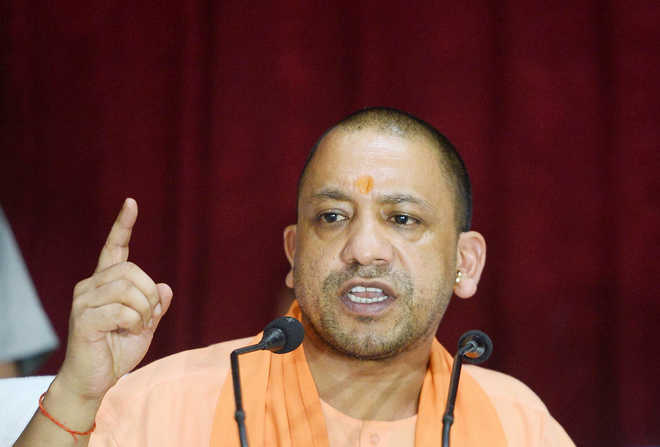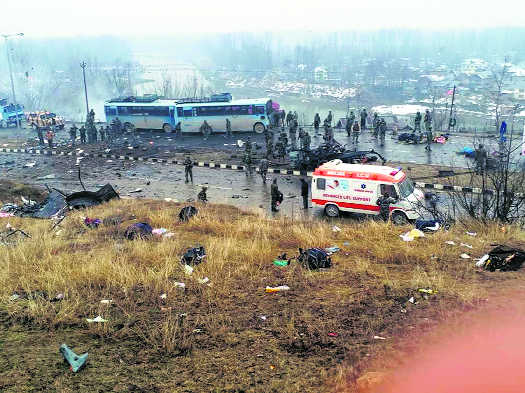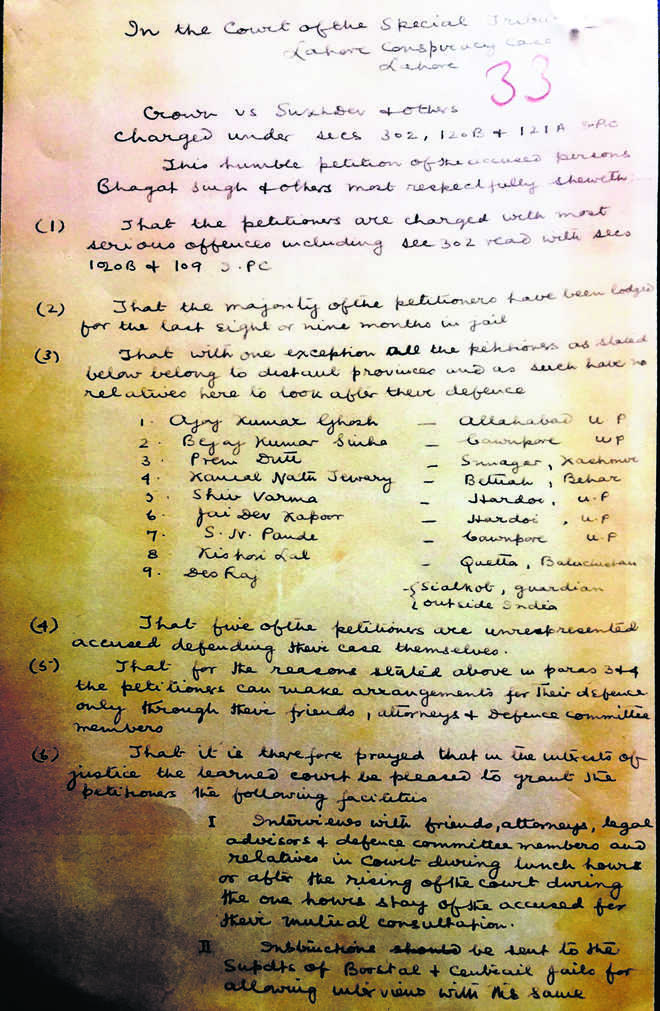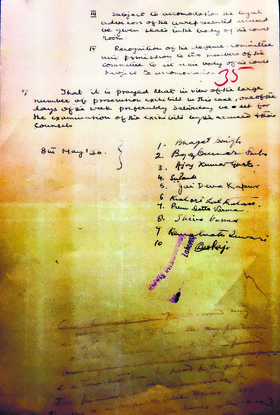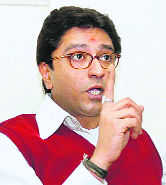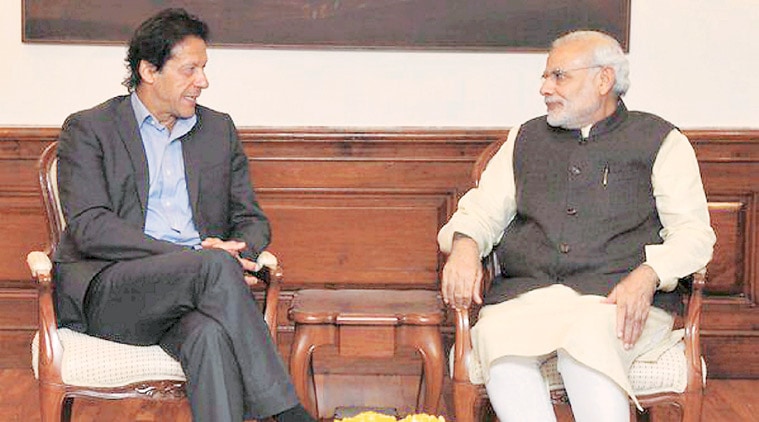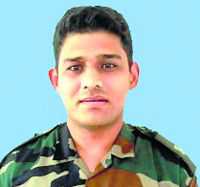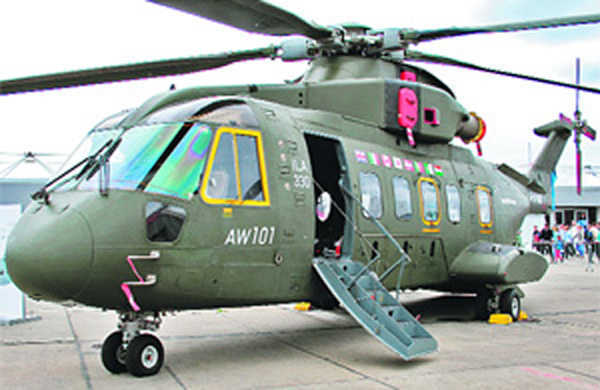
File photo of AgustaWestland chopper.
New Delhi, April 5
The Congress on Friday termed as “rehashed insinuations, lies, and cheap election stunt” the Enforcement Directorate’s (ED) act of mentioning names of some party leaders in their supplementary chargesheet in the AgustaWestland case and said a “panic-stricken” Modi Government will not be able to change its “exit date and fate.”
The Congress’ communications in-charge Randeep Singh Surjewala said “a single uncertified page leaked by the ED of a purported chargesheet is a cheap election stunt to divert attention from imminent defeat of the Modi government”.
“The ED has become ‘Election Dhakosla’ of a government manufacturing a lie a day,” he said.
Surjewala said the Modi government has lost all litigations against the Italy-based Finmeccanica and its British subsidiary AgustaWestland.
He said on January 8, 2018, an Italian appeals court acquitted Giuseppe Orsi, Former Chief Executive and Bruno Spagnolini, former head of the Helicopter Unit from the charges of any wrongdoing in the sale of 12 helicopters to India.
“On September 17, 2018, a higher court in Milan, Italy affirmed the order in a 322-page detailed judgment and upheld the finding of ‘no graft or wrong doing’ by any Indian official. Modi government was a party in the case and lost. Modi government has chosen to not file an appeal in the matter,” he said.
“All these rehashed insinuations and lies were bundled out earlier too through a set of pliable media. Ultimately, they failed in an international court and were rejected as trash. A panic-stricken Modi government and its puppet ED will not be able to change its exit date and fate. The Prime Minister has already been rejected by the people,” he added.
The ED on Thursday filed a supplementary chargesheet against British national Christian Michel, the alleged middleman in the Rs 3,600-crore AugustaWestland VVIP chopper deal, in which it has mentioned “Mrs Gandhi”, but not named her as an accused in the case.
The chargesheet said that Michel knew “Mrs Gandhi” since 1986.
Names of other Congress leaders were also mentioned in the chargesheet, but not as accused in the case.
The chargesheet has listed a series of “despatches” between February 2008 and October 2009 by Michel, including one dated March 15, 2008, that mentioned “Mrs Gandhi” as the driving force behind the V.I.P. informing that she will not fly any more in the Mi-8. — IANS






















































